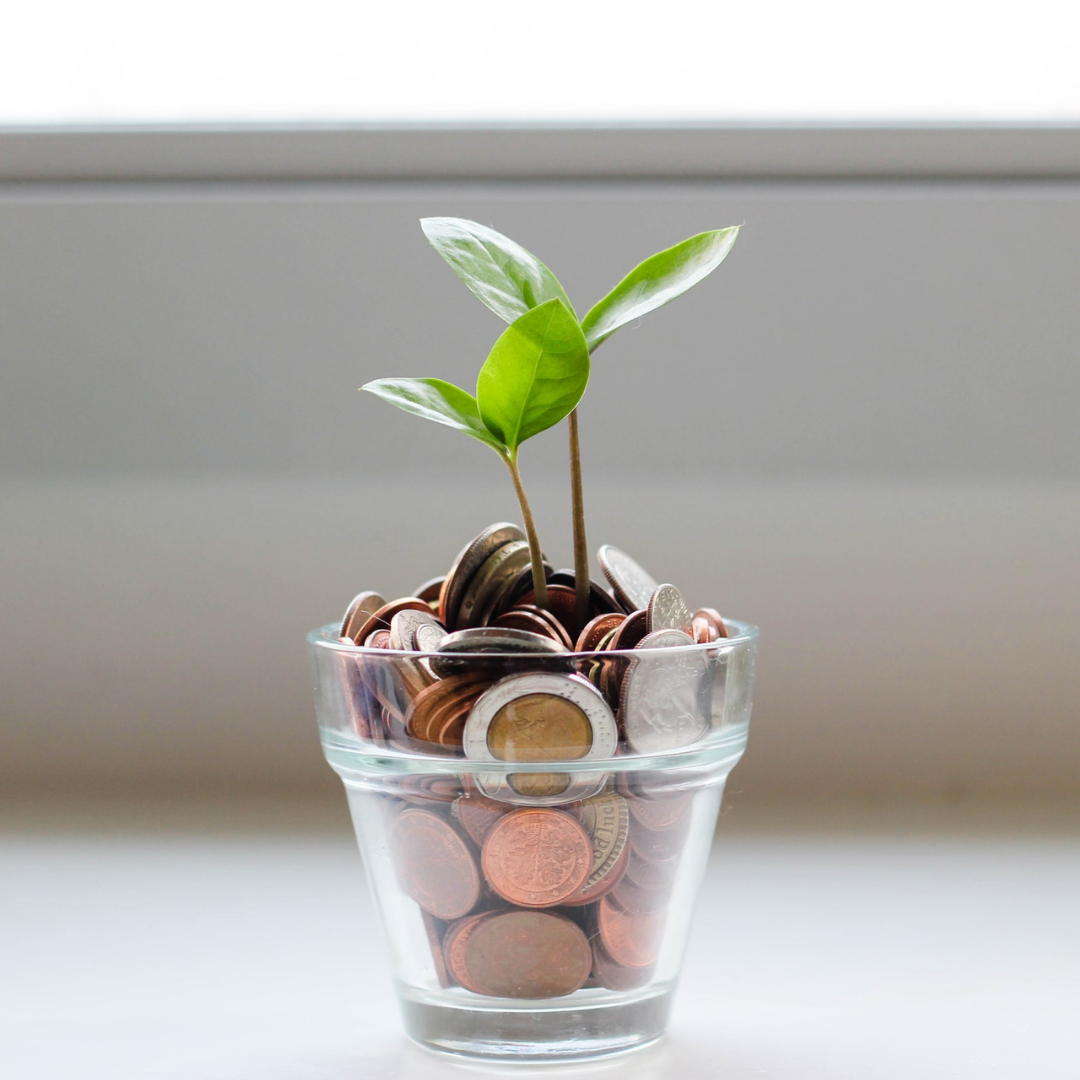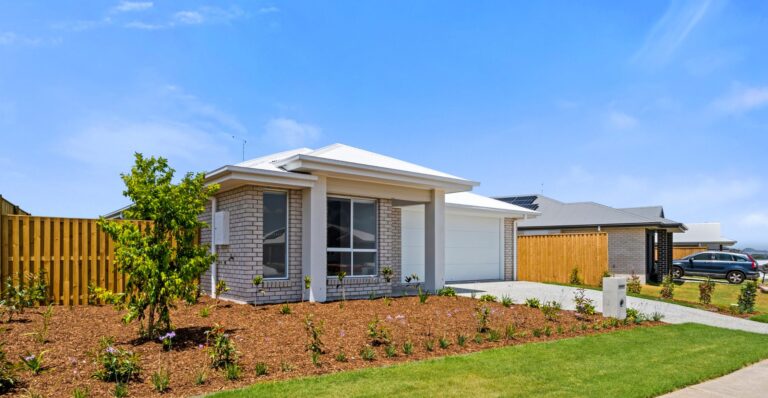
From gaining a supplementary income to getting a foot on the property ladder, there are many benefits to becoming a property investor. Yet one key benefit that many potential investors may not have considered is capital growth.
What is Capital Growth?
Capital growth is an important factor when it comes to property investment. Put simply, capital growth refers to the increase in the value of your asset over time. For example, if an investment property was purchased at a price of $350,000 5 years ago, and then sold for $550,000 today, the increase in value over those 5 years would have achieved capital growth of $200,000.
While there are no guarantees that your investment property will increase at a certain rate or over a specific amount over time, historical data suggests that most real estate will experience capital growth over the long term.
As a guide, figures from research group CoreLogic (1) show property values in our state capitals have risen by an average of 5.6% annually over the last ten years. This may not sound like a strong return, however, at that rate, an investment property could come close to doubling in value over the course of a 10-year period.
Let’s say an investment property was purchased at $450,000, and we assume the average capital growth compounded at 5.6% over 10 years; that property’s future value would be around $775,982. However, it’s important to note that this figure may possibly differ depending on how well the property market performs each year.
Long-term Capital Growth
A key benefit of a long-term capital growth strategy for your investment property portfolio is that it shelters investors from market fluctuations and short-term pressures.
In addition to this, long-term capital growth generates positive equity across property investments, which enables investors to borrow against their initial investment property and utilise that equity to purchase another.
Australia’s Residential Property Price Index
The ABS Australian Residential Property Price Index estimates changes in residential property prices, the total value of Australia’s dwelling stock and preliminary housing market activity data.
Key Statistics:
The most recent ABS data (2) shows an increase in the weighted average of each city’s (3) Residential Property Price Index.
- Weighted average rose 5.4% this quarter
- Weighted average rose 7.5% over the last twelve months.
- The total value of residential dwellings in Australia rose from $449.9b to $8,293.2b this quarter
Listening to our customer’s needs, we’ve developed an industry-leading, simple platform that packages all the necessary information on why to invest.
The right investment property, packaged professionally
Get in touch with your wealth professional to order an investment property with us.
1. CoreLogic RP Data
2. ABS (Australian Bureau of Statics) Reference period March 2021
3. Sydney, Melbourne, Brisbane, Adelaide, Perth, Hobart, Darwin and Canberra
We’d love to connect
Always speak to your qualified financial advisor for tailored advice for you.



